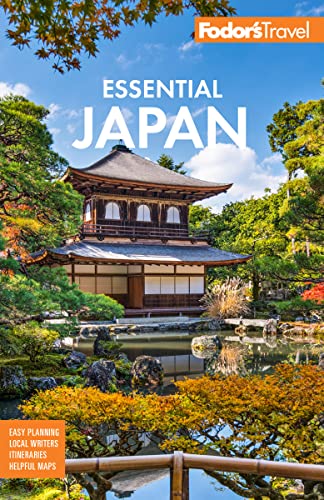Toyota: Nagoya's Mainstay
It may sound like the kind of activity reserved for only the most dedicated of motorheads, but you don’t need to be into cars to be awed by the Toyota museum and plant tour.
Few things in Japan are as ubiquitous as Toyota. Working men drive Toyota trucks, families get about in its station wagons, and executives are rarely seen in anything other than a Toyota luxury sedan or limo. Even the emperor has one of the Aiichi automaker’s creations—a custom-made, $500,000 Toyota Century Royal. Though the company has had its troubles in recent years—most notably with a succession of unfortunate recalls—in Japan, Toyota is still synonymous with quality and innovation. And it’s not hard to see why if you head to Toyota City (yes, a city named after the company) for a tour of one of Toyota’s high-tech car plants.
What’s in a Name?
Although the motor company was founded by Kiichiro Toyoda and early models were branded with his surname, Toyoda soon decided to drop the da for a ta, and the Toyota brand was born. The reason? Firstly, ta sounds clearer, but more importantly, when written in katakana Toyota (トヨタ) uses 8 brush strokes, a number considered to be fortuitous. Toyoda (トヨダ) uses 10.
Touring Toyota
For many the quintessential Japanese company, Toyota was a prominent figure in Japan’s remarkable postwar recovery. Its success has in large part been attributed to its pioneering and integrated approach to production and management—the Toyota Production System—based around "just-in-time" production and jidoka (automation with a human touch). With the former, Toyota makes only what is needed, when it is needed. The latter is Toyota’s way of building quality control into each stage of the production process—as you’ll hear on the Plant Bus Tour, each worker on the Toyota production line has the power to bring the entire line to a halt if they discover a defect.
The tour itself, in the company of an English-speaking guide and up to 40 other visitors, starts at 11 am with a quick bus trip to one of three nearby plants—the Motomachi Plant, where Toyota makes its Crown, Mark X, and Mirai models; the Takaoka Plant, where the Harrier Hybrid and RAV4 models are produced; or the Tsutsumi Plant, which rolls out Allion, Camry, and Prius autos. Whichever plant you end up at, the first stop, the welding shop, is designed to wow. It’s a blur of machinery and sparks as state-of-the-art robots apply more than 90% of the more than 3,000 welding spots it takes to secure almost 400 different parts to each car.
After that it’s briefly back on the bus and off to the main part of the two-hour tour—an hour walking above the sprawling assembly shop, watching the workers below rapidly attaching parts as the cars flow ceaselessly along the production line. All the while, against a backdrop of beeps, flashing lights, and noisy air-jet blasts, the guide reels off an astonishing list of facts and figures: almost 40,000 boxes of parts pass through each factory daily; a single car needs almost 30,000 parts; and around 300 cars roll off the line a day at each plant.
Touring Details
After booking in advance online or by phone, you need to be at the Kaikan (Exhibition Hall) by 10:30 am to sign in for the 11 am tour, which gives ample time to explore the museum’s slick exhibits on environmentally friendly technology, motor sports, and safety—try the Driving Safety Simulator to test out Toyota’s latest safety measures. You’ll also be able to clamber in and out of the latest Toyota and Lexus models, catch a quick musical performance given by Toyota’s partner robot, and, if you are still lingering after 1:45 pm (Tuesday to Saturday), test drive Toyota's answer to the Segway, its Winglet.




